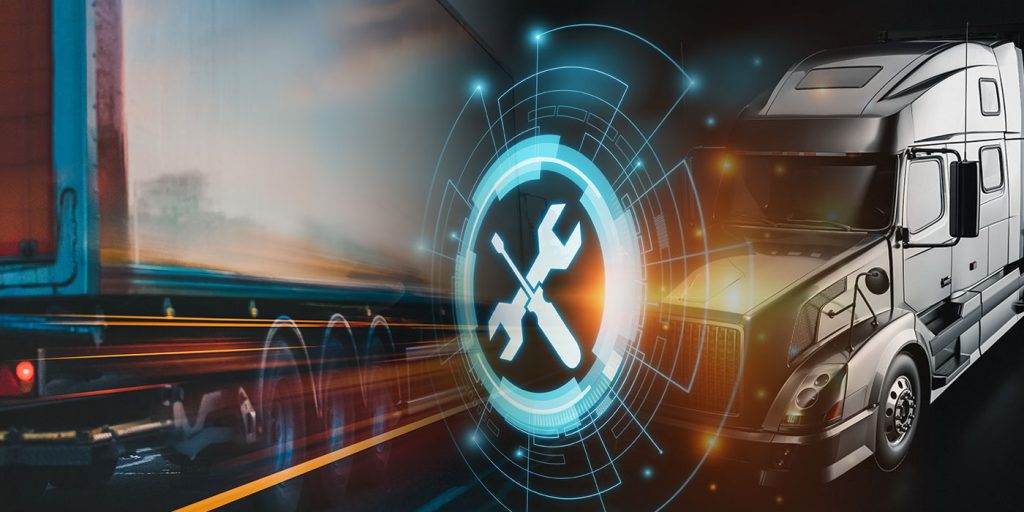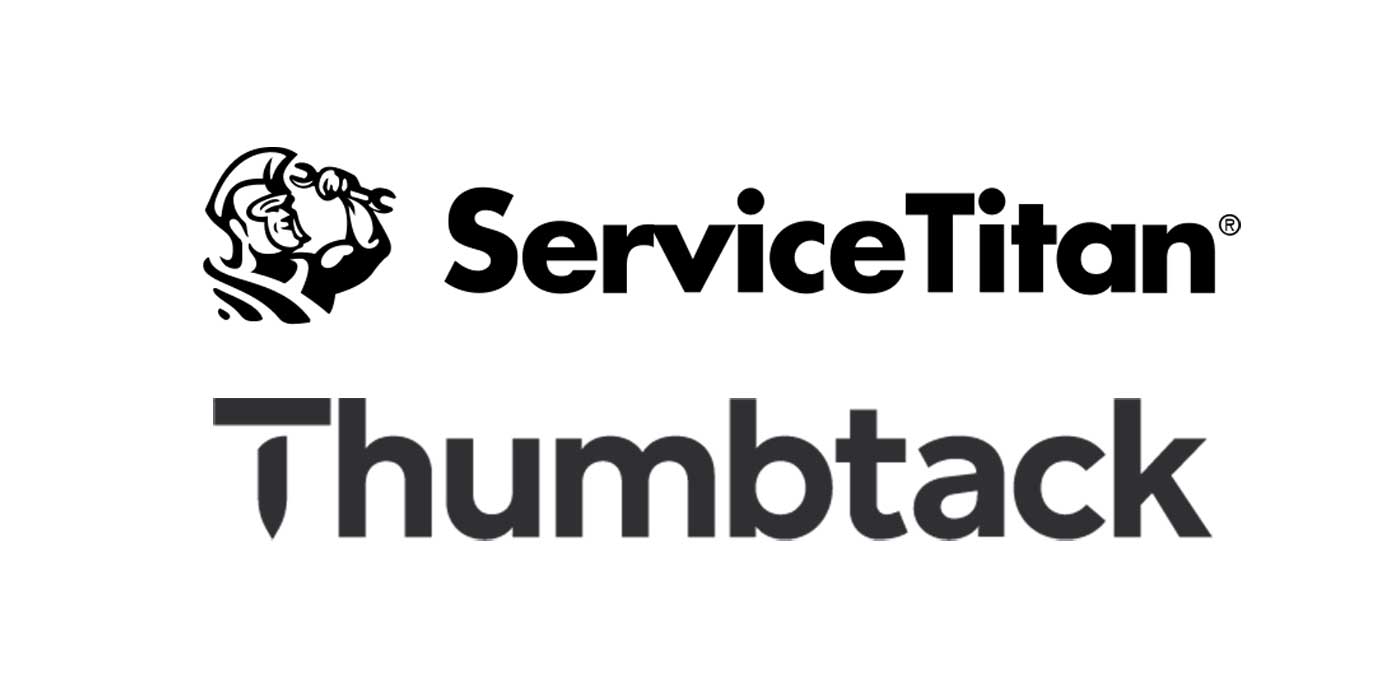I like data. I love spreadsheets. I like looking at KPI charts on the screen. Data, what a drug. Although, I think social media has taken over first place in a non-substance drug adrenalin rush, like cell phones.
Let’s talk about data. What do we do with it? We do not trade vehicles with the data. No longer can we use the data for the proof that a component was costing a lot of extra expenses to operate. The new components have been purchased with an “extended warranty.” I call that prepaid insurance. All the customer policy adjustments are no longer in the customer satisfaction policy manual. They have retired or been forced out into early retirement. New blood.
So, let’s go to specific areas where we use VMRS coding to drill down for KPIs. When we drill down, we see data. But Who really cares or knows what to do with it…?
Tires, the highest area of cost, still edge over emissions. We’ll start there.
New Tires
So, we track tires. How do we track new tires?
- Do you only charge out new cost of tires?
- Do you include FET? You cannot buy a tire without FET!
- How do you handle the casing in the new tire?
- How do you credit, if you do, the tires coming off?
a. How do you charge out the reruns, used tires, with 32nds left? - Does the vehicle get a casing credit?
a. Some try to.
b. Some don’t and some don’t care. - How do we track and charge damaged tires?
a. Charge to the vehicle?
b. Charge to safety or operations?
c. Charge to the driver?
d. Charge to CPM? - How about tire adjustments?
a. Do we credit back to the vehicle?
Recap Tires
How do we do them?
- Do we charge out the new recap tire at the cost of the recap?
- How to we handle the repairs, nail holes, section repairs etc.?
a. Some try to, some do not care. Do we average out the repair costs? - How do we capture the mounting and dismounting of the tires?
- How do we handle the mounted tire program costs?
a. Buy the tire, misc. expenses? How? - What about a rejected casing?
a. In the cost of the new tire?
b. A cost on top of the recap tire? - How do we handle a tire cost when we buy a tire casing and cap?
a. What do we use for a part number? - How about adjustment? Do we credit the vehicle? Separate bucket?
Mounting
How do we handle valves, caps, tire lube and balancing? How do we capture lot service or an air pressure check? How about the labor? Under VRMS, it is buried within indirect time. How does that get charged to the vehicle? Or, does it at all?
A lot of data to capture, and a lot of details. If all of this is not captured then the true cost of tires is never captured.
Parts
- How do we capture all the nuts and bolts?
- Liquid sprays, gasket material, sealants, oils, greases, disposal?
- Warranty parts – how is that handled?
- Wire and terminal ends?
- Small parts?
a. Nothing under $X? $5, $20? What is X and how is that determined? - Cores or damaged cores? Cores are disappearing and are mostly all new parts now.
- Obsolescence?
a. A GL write off?
Labor
How is labor cost handled?
- Actual Labor cost
- With bennies or without?
- Burden labor rate?
- All costs in the rate, building, electric, administration, assistants, pickup trucks, compressors?
- How often is that audited and adjusted?
- Is indirect backed into a burden labor rate?
General Repairs
- Emissions, how do we track that?
a. Check your VMRS codes, you may be surprised. - Lube and grease?
a. Charge out lube in trailer wheels ends? You’d better if you have a lawsuit!
b. Front axle bearing lube? The same?
c. Power steering fluid?
d. Coolant?
e. Best of all, add oil and added coolant? From the drum at a drop yard? On the road?
The only real way to get a reasonable understanding of total cost and cost per mile (CPM) is through the general ledger when you buy the parts, supplies and labor and write the checks. It takes lots of detail, energy and time to capture detailed vehicle CPM cost, tracked by VMRS, and you’ll be enamored by the nine-digit parts and labor codes. My guess and from what I see in many fleets is that this data drug is like a bag of cocaine mixed with baking soda. You only get what you get and, in most cases, very few manage the details to ensure that the CPM’s KPI’s and spreadsheets are accurate as we believe they are.
It costs too much in labor and energy to do it perfectly, so get close, like playing horseshoes. Oh, and when was the last time anyone checked for accuracy? By you or the internal audit team?
Better to be reasonably close than try to be perfect. Nobody has accurate tire costs because if you did, you would charge all the tires out when you got a new truck, not from the first replacement. So, tire cost is close.
As I said, few (if anyone) trades or sells trucks from VRMS data. It is just a huge detailed tool file box. VRMS data is for the defense of dollars spent. The general ledger, if coded correctly, is what the finance department relies on, so KPIs are just the target measurement that someone else looks as a weather gauge.
In summary, rely on visits to your shops, less emails and social media stuff. Control the cost where the dollars are spent. KPIs are the target on your back. Practice MBWA, Management By Walking Around. Seeing is believing, but try controlling and lowering costs as opposed to defending costs. Reality is cost, and it’s going through the roof. Anyone have an answer?














